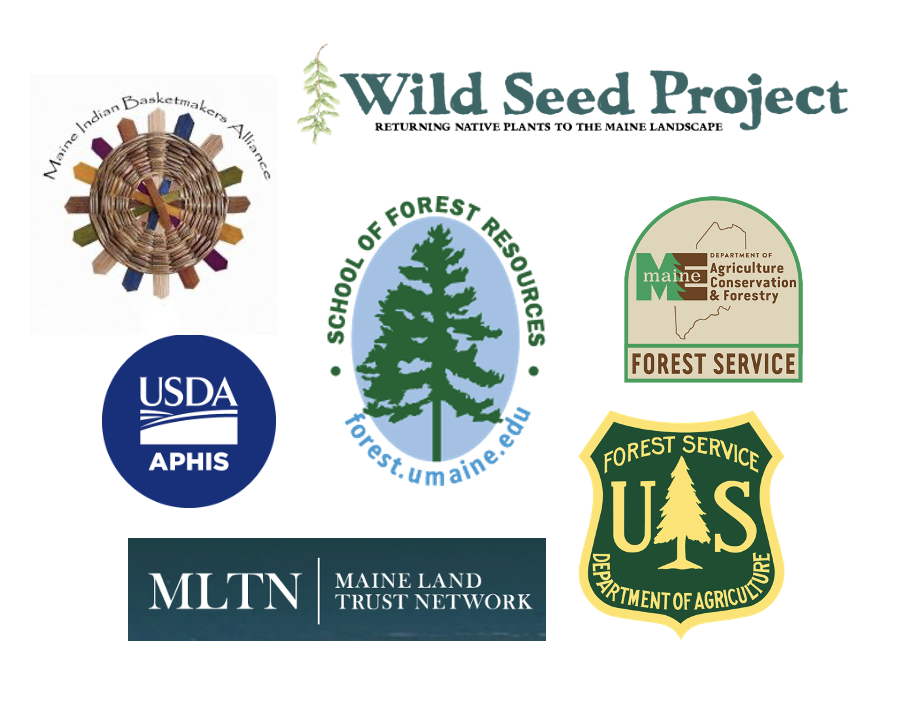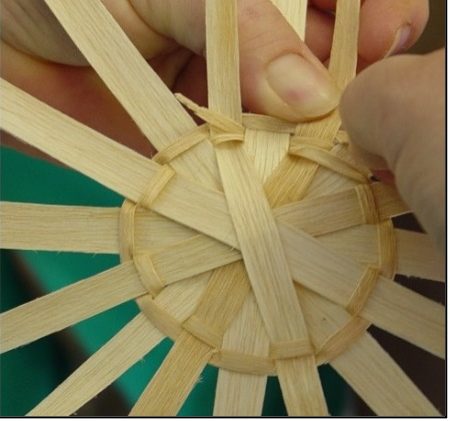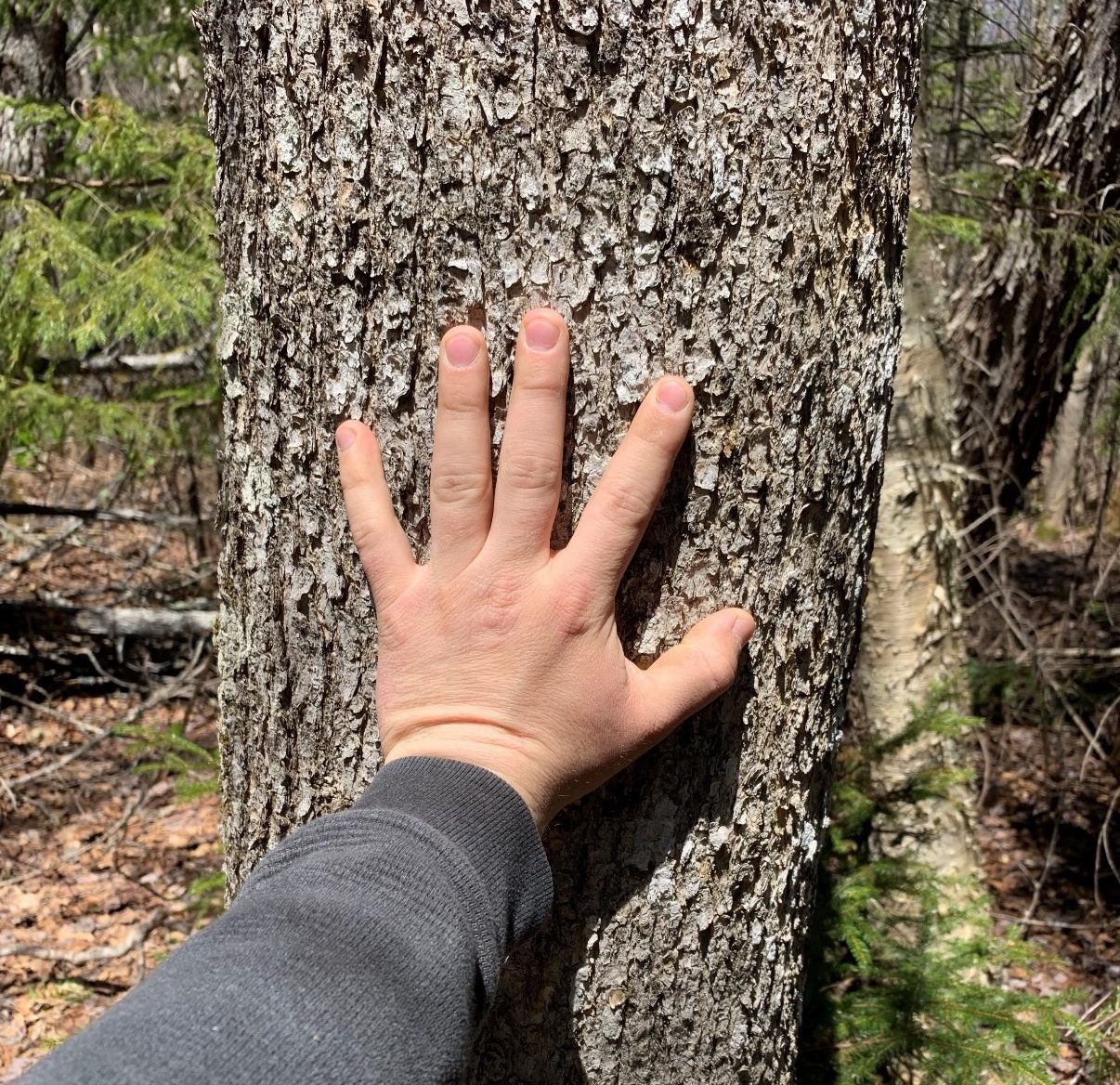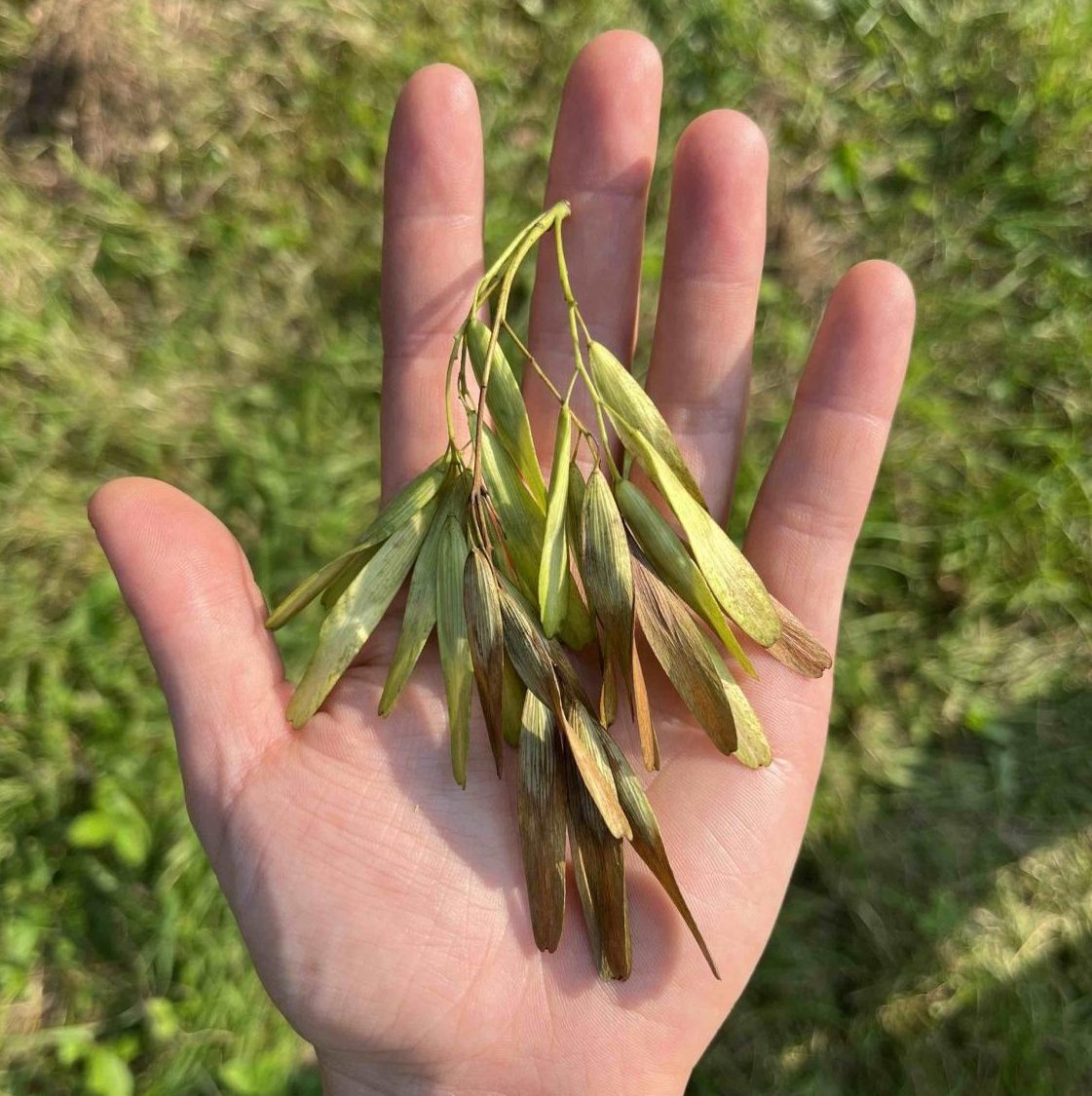The Ash Protection Collaboration Across Waponahkik (APCAW) is a group of Indigenous and non-indigenous researchers, Tribal members, and forest caretakers working together to bring more awareness of the cultural and ecological significance of brown ash. Our First Nations, State, Federal, and nongovernmental partners have been working collectively for 20 years to understand and mitigate ash health issues through the Brown Ash Task Force, including emerald ash borer (EAB) and climate change. APCAW continues and amplifies this work by identifying research-informed strategies to protect brown ash that align with Wabanaki priorities and current research.
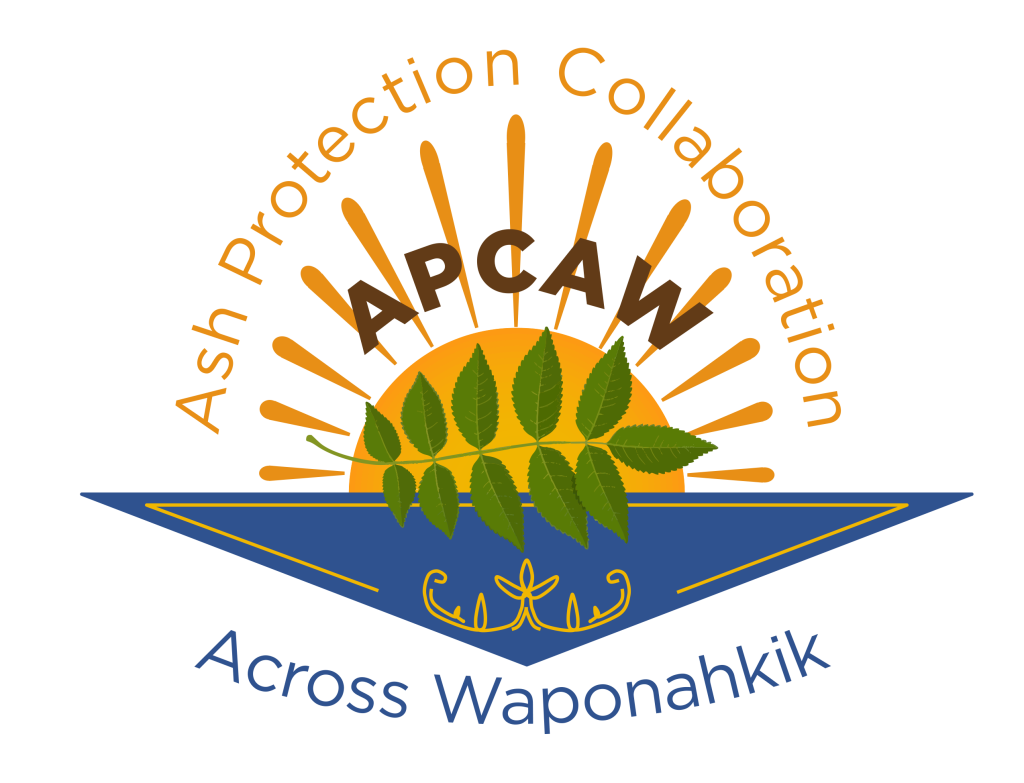
Brown ash trees (Fraxinus nigra) serve important cultural and ecological roles, and are dually threatened by the emerald ash borer (EAB) and climate change
Brown ash is known in Wabanaki languages as wikp (Peskotomuhkati-Wolastoqey), wíkəpi (Penobscot), or wisqoq (Mi’kmaq). In most translations, these words mean “basket tree” as this tree is used for basket making. Brown ash is interwoven with Wabanaki community identity and spirituality. Part of APCAW’s work is to center, protect, and restore relationships between Wabanaki peoples and ash ecosystems.
Basketmakers and researchers alike are concerned what the loss of ash trees will mean for ecosystems. Ash trees serve major ecological functions by supporting an array of fungal biodiversity and host 98 species of specialized invertebrates. Brown ash specifically plays a highly influential role in regulating hydrology and supplying nutrient-rich leaf litter for surrounding food webs.
All three species of ash are threatened by the emerald ash borer (EAB), a beetle native to Asia that is predicted to cause ash mortality within 2-4 years of infestation without intervention. Brown ash is slightly more vulnerable to EAB than white and green ash, and researchers predict 75% of brown ash in Maine will have succumbed to EAB by 2035 and 95% by 2040 (Siegert et al. 2023).

Learn more about recommended strategies to care for ash
Join our newsletter list for updates
You can stay connected to our work by signing up for our newsletter, where we share upcoming events, news, and ash research updates.
Our Name
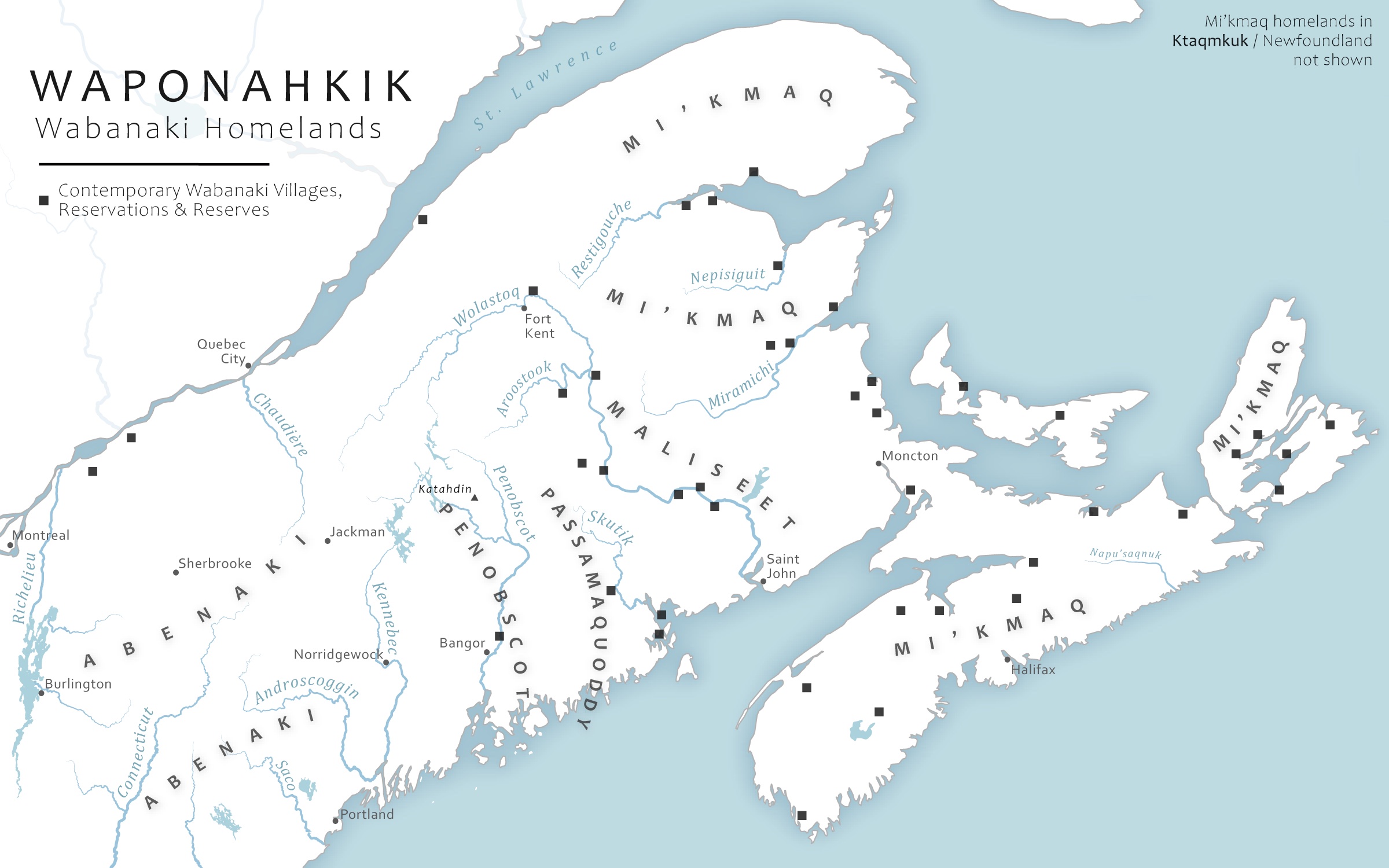
This map is one representation of Waponahkik, homeland of the people of the dawn: the lands where Abenaki, Penobscot, Passamaquoddy, Maliseet, and Mi’kmaq people live, move through, and care for, as they have for time immemorial. This map is incomplete—it is an invitation for further conversation about representation of Wabanaki homelands. Territory names and all Wabanaki knowledge of place shared in this map is the intellectual and cultural property of Wabanaki Nations. Map design by Wabanaki community members Nolan Altvater, John Daigle, Tyler Everett, Suzanne Greenlaw, Darren Ranco, Donald Soctomah. Cartography collaboration with Peter Howe and Ella McDonald.
The name Ash Protection Collaboration Across Waponahkik emerged from collaborative conversations about the goals of our shared work. We refer to the place where we are located as Waponahkik in an effort to center Wabanaki languages and ways of knowing. In the Passamaquoddy language, one definition of Waponahkik is the land of the dawn, or in Wabanaki territory. This word is sometimes translated into English as Dawnland or “in the place of the people of the dawn.” Words with alternative English spellings (i.e. Wabanakik or Ckuwaponahkik) but similar meanings exist in other Algonquin languages. Waponahkik (see map left) stretches well beyond the borders of Maine, including the parts of the Canadian Maritimes and Quebec south of the St. Lawrence River, to the shores of Lake Champlain to the west and the Piscataqua River to the south.
Our Team and Partners
The APCAW Team is made up of the following Faculty and Graduate Students at University of Maine:
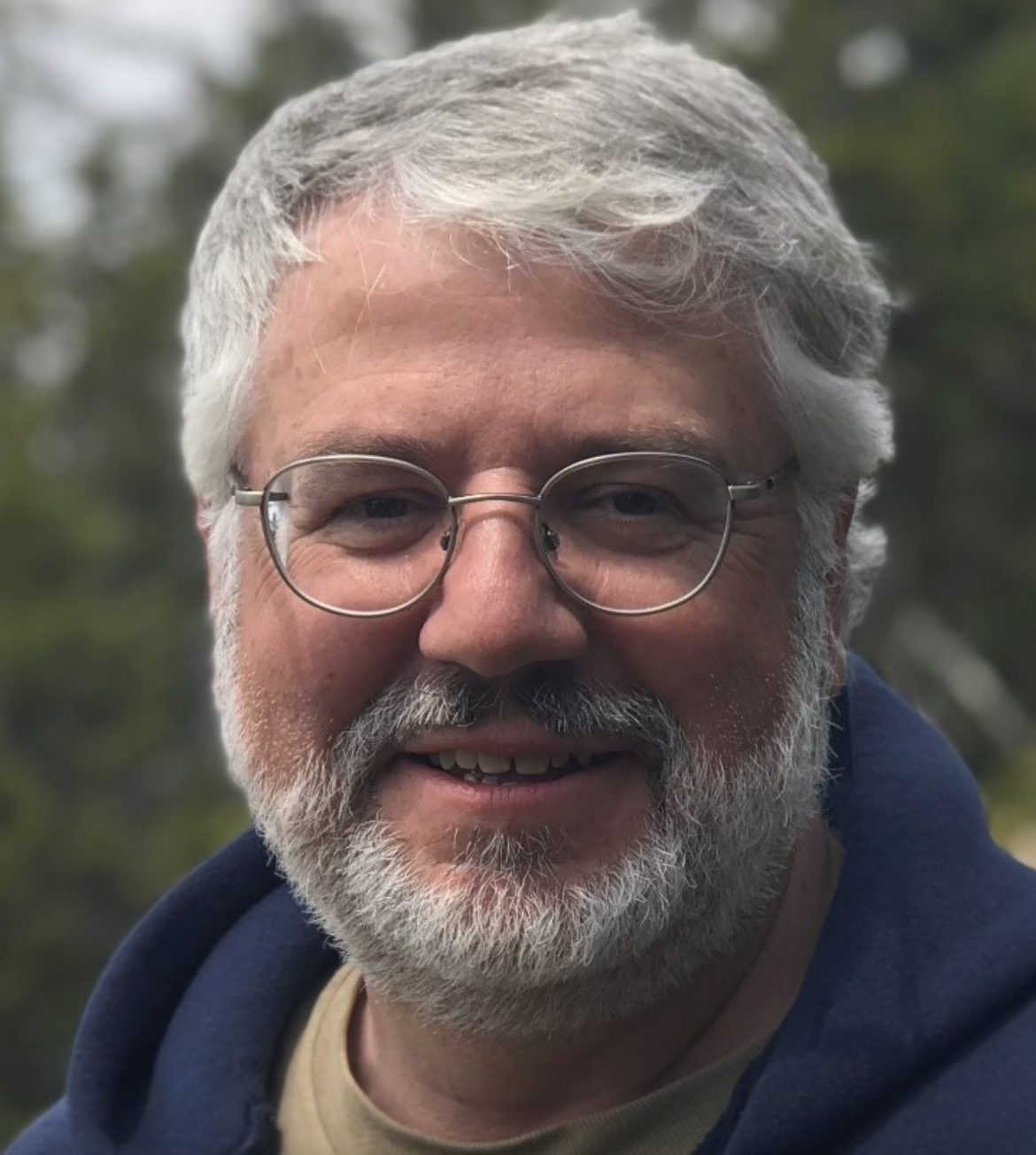
Dr. John Daigle
Professor of Forest Recreation Management
jdaigle@maine.edu
Dr. John Daigle is a member of the Penobscot Nation an APCAW leader. Daigle has been involved with the Emerald Ash Borer (EAB) project since its origins in the early 2000s.
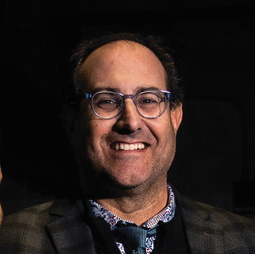
Dr. Darren Ranco
Professor of Anthropology
Dr. Darren Ranco is a member of the Penobscot Nation and one of the early organizers of the Brown Ash Task Force.
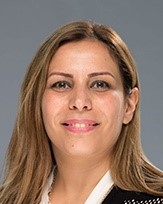
Dr. Parinaz Rahimzadeh-Bajgiran
Associate Professor of Remote Sensing of Natural Resources
parinaz.rahimzadeh@maine.edu
Dr. Rahimzadeh employs remote sensing and geospatial analysis to lead projects which assess and model forest health and productivity such as spruce budworm outbreak, ash protection and white pine health monitoring. Visit Dr. Rahimzadeh’s recent publications here.

Ashlynn Amick
Master’s Student, School of Forest Resources
ashlynn.amick@maine.edu
Ashlynn Amick (she/her/hers) is a Masters student in the School of Forest Resources with a background in plant genetics and biotechnology. She is involved in long-term planning for the addition of a resistance breeding program to APCAW and is examining the potential utility of pollen grain collections for long-term storage and viability in reducing the impact of population bottleneck due to EAB.

Dr. Lauren Gonzalez
Postdoctoral Research Associate
lauren.gonzalez@maine.edu
Lauren earned her PhD in Forestry and Entomology from North Carolina State University in 2025. Her previous research focused on the management of Adelges tsugae (hemlock woolly adelgid) and the conservation of eastern and Carolina hemlocks. Lauren has a strong background in ecology and forest health, with extensive experience in teaching and outreach. Within the APCAW lab, she will apply her previous forest entomology expertise to help develop strategies to protect and improve access to brown ash for Wabanaki communities.
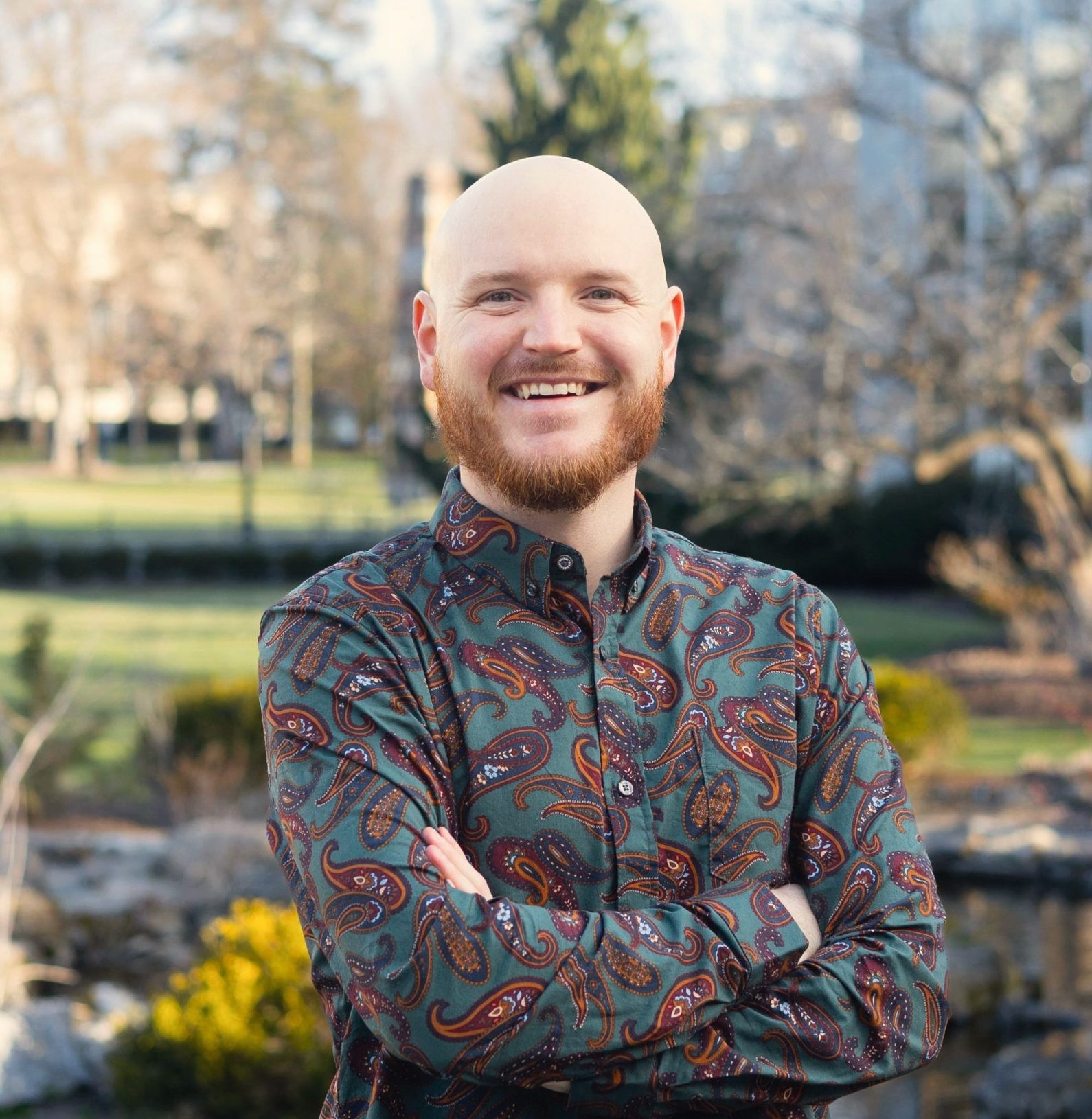
Dr. Ryan Naylor
Postdoctoral Research Associate
ryan.naylor@maine.edu
My research focuses on how residents can have increased power over their livelihood resources by analyzing resident perceptions of tourism development, environmental change, and community decision-making processes.
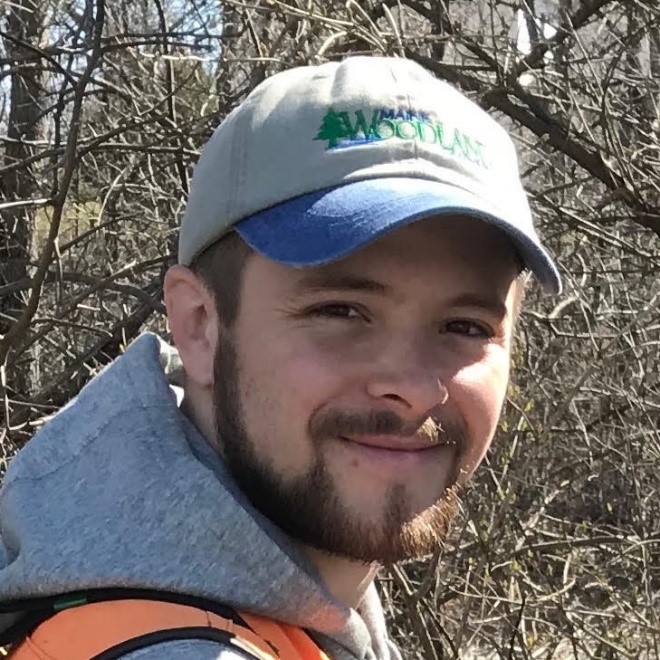
Tyler Everett
PhD Candidate, School of Forest Resources
tyler.everett@maine.edu
Tyler is a citizen of Mi’kmaq Nation. His research prioritizes methodologies that result in Tribal led science. His current research focuses on the impacts of emerald ash borer (EAB) on Tribal ash resources and identifying innovative management and mitigation strategies, including developing a Tribal supported integrated pest management strategy for EAB; one that considers silviculture and other adaptive management strategies, climate change, and most importantly Tribal cultural values.
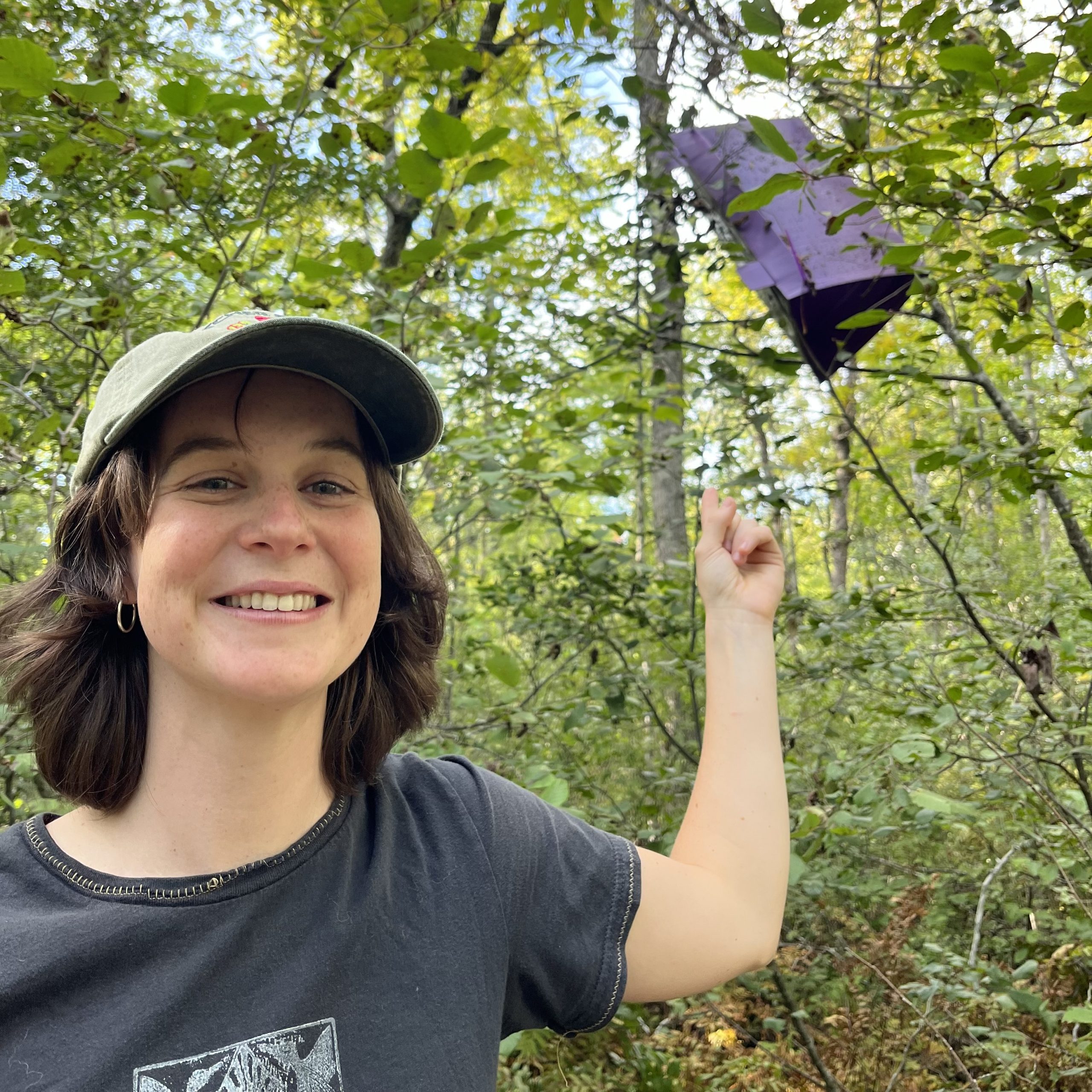
Ella McDonald
PhD Student, School of Forest Resources
ella.mcdonald@maine.edu
Ella co-creates APCAW outreach programs and website design. Her Master’s research focused on evaluating the impact of APCAW’s outreach and education. In her PhD project, she uses qualitative methodologies to support Wabanaki-led projects with the goal of sustaining basketmaking.

Zoe Albion
Master’s Student, School of Forest Resources
zoe.albion@maine.edu
Zoe is a Master’s student with a background in entomology and ecology. She is currently investigating Emerald Ash Borer (EAB) life cycles and helping to coordinate Integrated Pest Management research focusing on EAB in Brown Ash ecosystems.
Questions?
Contact us at apcaw-group@maine.edu or email one of our lab members directly!
We work in collaboration with the following partners:
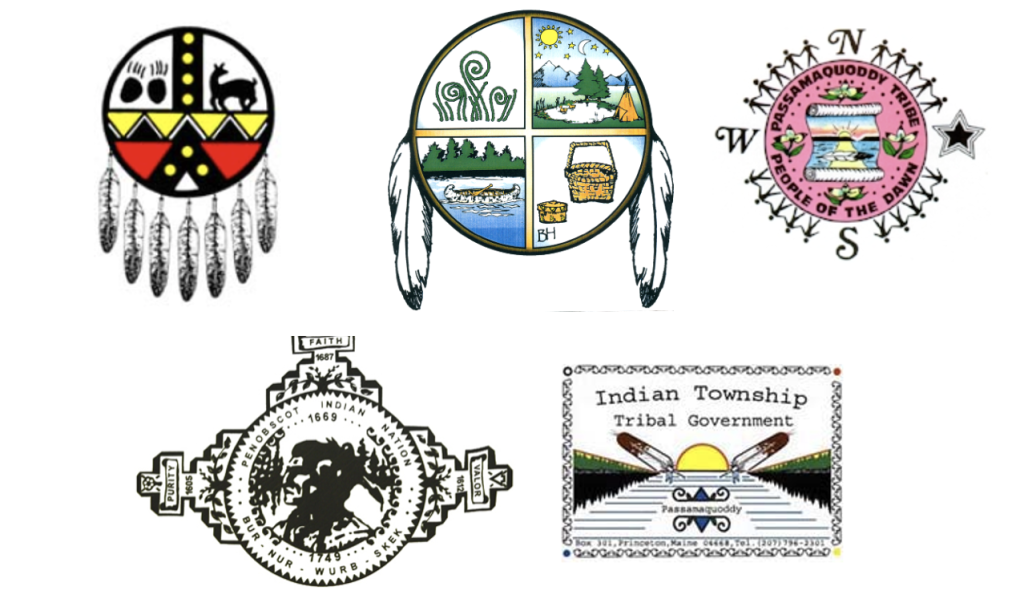
- Tribal Nations
- Mi’kmaq Nation, Presque Isle
- Houlton Band of Maliseet Indians, Houlton
- Passamaquoddy Tribe at Indian Township
- Passamaquoddy Tribe at Pleasant Point Sipayik
- Penobscot Nation, Indian Island
- Wabanaki basketmakers and the Maine Indian Basketmakers Alliance
- State and Federal Forestry Agencies
- Non-governmental organizations
